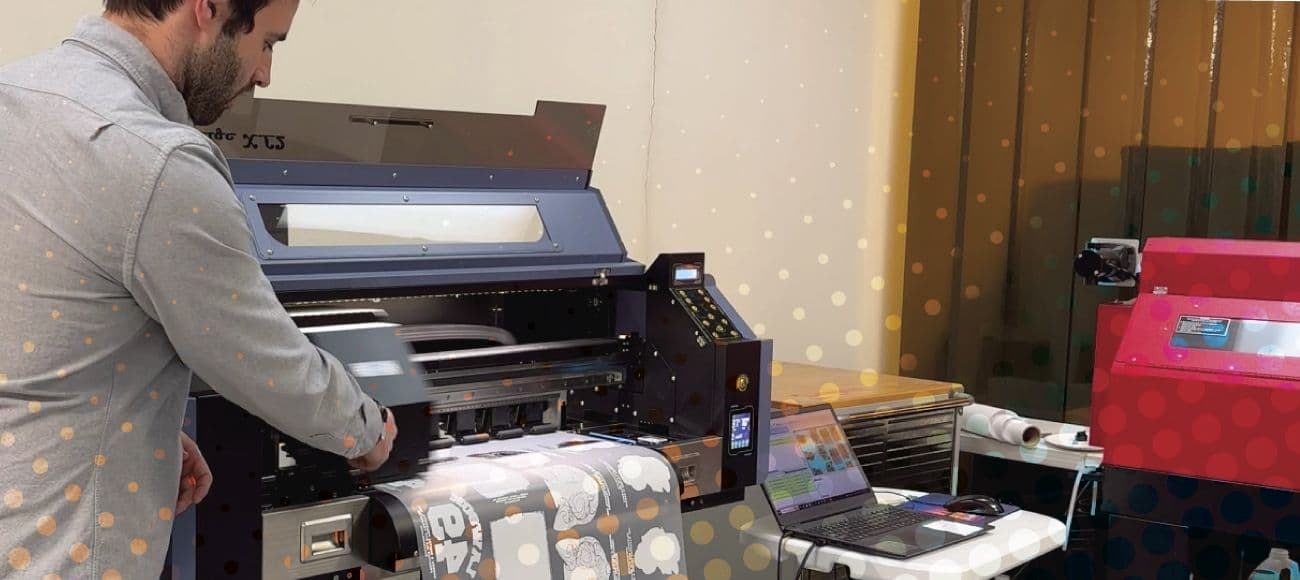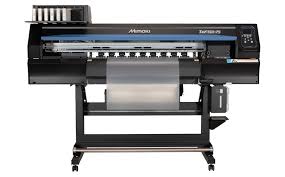In the realm of printing technology, the landscape is constantly evolving, with innovations paving the way for more efficient, versatile, and high-quality printing solutions. Among the plethora of options available, two types of printers that often garner attention are DTF (Direct-to-Film) printers and regular printers. While both serve the fundamental purpose of transferring digital designs onto physical substrates, they differ significantly in their functionality, application, and output quality. In this blog, we’ll delve into the intricacies of DTF printers and regular printers, exploring their differences and understanding their respective roles in the printing ecosystem.
Contents
Understanding DTF Printers:
DTF printers are a relatively new addition to the printing industry, offering a unique approach to the printing process. Unlike traditional methods that rely on direct printing onto substrates such as paper or fabric, DTF printers employ a different mechanism. These printers utilize a specialized film, typically made of polyethylene terephthalate (PET) or similar materials, which acts as an intermediary layer between the print head and the substrate.
The process begins with the digital design being printed onto this transparent film using a DTF printer. Subsequently, the printed film is carefully placed on the desired substrate, which could range from garments to promotional items like tote bags or hats. The design is then heat-pressed onto the substrate, causing the ink on the film to adhere firmly, resulting in a vibrant and durable print.

Key Characteristics of DTF Printer:
Film-Based Printing
The hallmark feature of DTF printers is their reliance on specialized films for the transfer process. This approach offers several advantages, including enhanced color vibrancy, improved durability, and the ability to print on a wide range of substrates, including dark and textured surfaces.
Versatility
DTF printers are highly versatile, capable of handling various types of designs, including intricate graphics, gradients, and fine details. This versatility makes them well-suited for applications in the apparel industry, signage, personalized merchandise, and more.
Durability
DTF prints are known for their exceptional durability, with the transferred designs exhibiting resistance to fading, cracking, and peeling, even after multiple washes or prolonged use.
Understanding Regular Printers
Regular printers, also known as conventional or standard printers, encompass a broad category of printing devices that have been ubiquitous in homes, offices, and commercial establishments for decades. These printers utilize inkjet or laser technology to produce printed output directly onto various substrates, including paper, cardstock, and transparencies.
The process involves the printer receiving digital data from a connected device, such as a computer or smartphone, and translating this data into physical images or text using ink or toner cartridges. The printed output is typically produced on flat surfaces, with the quality and resolution varying depending on the printer’s specifications and the type of substrate used.
Key Characteristics of Regular Printers:
Substrate Compatibility
Regular printers are primarily designed for printing on flat, flexible surfaces such as paper or cardstock. While they excel in producing documents, photographs, and graphics on these substrates, their compatibility with other materials may be limited.
Ease of Use
One of the defining features of regular printers is their user-friendly interface and straightforward operation. With plug-and-play functionality and intuitive software, these printers are accessible to a wide range of users, from casual home users to professionals in office environments.
Cost-Effectiveness
Regular printers are often valued for their affordability and cost-effectiveness, both in terms of initial purchase price and ongoing maintenance. Inkjet printers, in particular, are known for their low upfront costs and the ability to produce high-quality color prints at a reasonable per-page cost.

Key Differences Between DTF Printers and Regular Printers:
Printing Methodology
The most significant distinction between DTF printers and regular printers lies in their printing methodology. While DTF printers utilize a film-based transfer process, regular printers produce direct prints onto substrates using inkjet or laser technology.
Substrate Compatibility
DTF printers offer greater versatility in terms of substrate compatibility, allowing for printing on a wider range of materials, including textiles, plastics, and wood. In contrast, regular printers are primarily suited for printing on paper and similar flat surfaces.
Output Quality
DTF printers typically deliver superior output quality compared to regular printers, especially when it comes to color vibrancy, durability, and compatibility with diverse design elements. This makes them particularly well-suited for applications where image quality and longevity are paramount.
Application Scope
While regular printers find widespread use in office environments, homes, and commercial settings for producing documents, photographs, and marketing materials, DTF printers cater to more specialized niches, such as custom apparel printing, promotional merchandise, and signage.
Conclusion
In conclusion, while both DTF printers and regular printers serve the fundamental purpose of transferring digital designs onto physical substrates, they differ significantly in their underlying technology, substrate compatibility, output quality, and application scope. DTF printers offer a unique approach to printing, leveraging specialized films for vibrant and durable transfers onto various surfaces, while regular printers excel in producing high-quality prints on paper and similar materials. Understanding these differences is crucial for selecting the most suitable printing solution for specific needs and applications, whether it be for personal projects, commercial ventures, or industrial applications.



